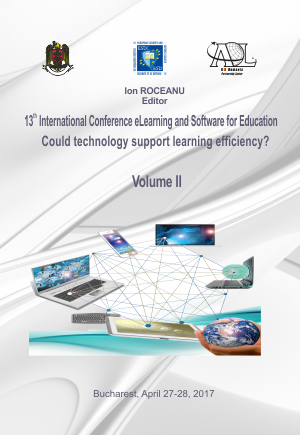TRENDS IN BLENDING UNIVERSITY COURSES WITH MOOCS
TRENDS IN BLENDING UNIVERSITY COURSES WITH MOOCS
Author(s): Razvan Bogdan, Huseyin Bicen, Carmen HolotescuSubject(s): Social Sciences
Published by: Carol I National Defence University Publishing House
Keywords: Blended Learning; Flipped Classroom; MOOCs; Higher Education.
Summary/Abstract: Since 2008, the Massive Open Online Courses (MOOCs) have brought innovation, research, new policies and paradigms, but also challenges to Academia worldwide. Usually developed and delivered as independent online courses, MOOCs are used for blended learning in many universities. This study analyses a corpus of 52 selected articles related to using MOOCs in higher education courses. The aim of the research is to find answers to the following questions: Which models of MOOC integration exist? Which are the research topics and trends identified in the state-of-the-art literature presenting the integration of MOOCs into blended courses? The article could be useful for teachers/instructors wanting to integrate MOOCs in their courses, but also for researchers and policy makers. Higher education institutions from around the globe are challenged with a demand of improving student learning, but also with the constant requirement of demonstrating the effectiveness of different academic programs. It has been presented in that teaching and learning cannot be reduced only to technology, but to be based on open pedagogies with key ingredients such as students' engagement, open learning environments, presence of challenges etc., constituting what is coined in literature as effective teaching. In has been demonstrated that those students who are profoundly challenged and engaged will be much more prone to reflect, then question, evaluate, and finally make connections between a spectrum of ideas. A state-of-the-art educational approach for obtaining effective teaching is that of blended learning. Such a method offers to students a combination between traditional in the class, face-to-face instruction and a plethora of outside the class activities.
Journal: Conference proceedings of »eLearning and Software for Education« (eLSE)
- Issue Year: 13/2017
- Issue No: 02
- Page Range: 247-253
- Page Count: 7
- Language: English

